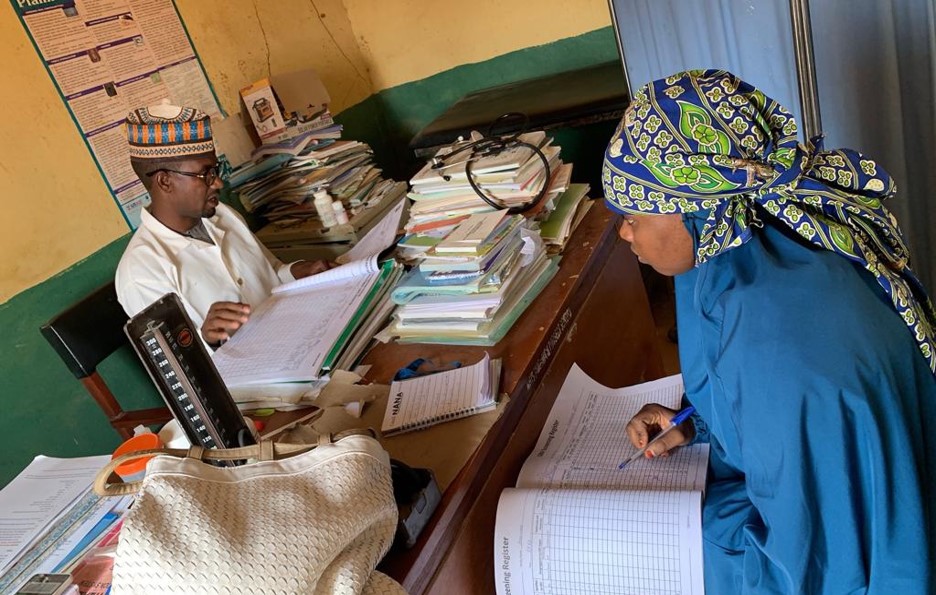Improve women’s and girl’s access to MCHN and SRH services

Maternal mortality is one of the major challenges to health systems in the world and sub-Saharan Africa in particular. More than 300,000 girls and women around the world in 2015 died from complications relating to pregnancy and childbirth (WHO). Ninety-nine percent (99%) of all maternal deaths occur in economically developing countries, with Sub-Saharan Africa and South Asia accounting for 88 percent of maternal deaths globally. The risk of a woman in a developing country dying from a pregnancy-related cause during her lifetime is about 25 times higher compared to women in a developed country. Maternal mortality is a health indicator that shows very wide gaps between rich and poor, both between countries and within them
According to WHO “Nigeria has the highest burden of maternal mortality in the world and contributes about 15 percent of the annual global deaths which represents two percent of the global population. Every day in 2010, about 800 women died due to complications of pregnancy and childbirth, including severe bleeding after childbirth, infection, hypertensive disorders and unsafe abortion”. According to the report, Northern Nigeria has the highest maternal mortality rate (MMR) with 1,100 maternal deaths for every 100,000 lives. The Northeast and Northwest zones have the highest maternal rate of 1,549/per 100,000 live births, compared to 165/per 100,000 live births in the southeast southwest zone. Up to 90 percent deliver their babies without a skilled birth attendant present in northern Nigeria, compared to 35 percent of women in the southern region of the country. In Sokoto where NANA operates has. Some of the Factors contributing to this include education, culture, and lack of access to skilled health workers and necessary drugs. Similarly, with the newborn mortality rate of 29 deaths per 1,000 births, UNICEF has ranked Nigeria 11th position on newborn deaths globally. In the recent multiple indicator cluster survey (MICS) conducted by the government of Nigeria in 2016/2017, the rate of newborn deaths per 1000 births was 37. The highest death rate of infants within the first 28 days and under-five children is in the northeast and northwest regions of the country. According to MICS, the rate of newborn deaths per 1000 births is 55 in Kebbi state where NANA is operating, higher than the national average of 37 deaths per 1000 births, in the country. Many babies don’t survive their first month in Kebbi as many of them die the very day they are born. More than 80% of these deaths are due to prematurity, asphyxia, complications during birth, or infections such as pneumonia and sepsis. Simple, affordable solutions exist, but they are often not reaching the children and mothers who need them most i.e. those living in disadvantaged areas and enduring harshest conditions. Indeed, Women in northern Nigeria use skilled providers and formal health facilities far less than their southern Nigerian counterparts which is significantly a contributing factor to this challenge.
Given the above statistical fact, NANA will reduce the rate of maternal and infant mortality rate in Sokoto and Kebbi through awareness campaigns on maternal and newborn health, especially in rural area, semi-urban, and hard-to-reach areas
